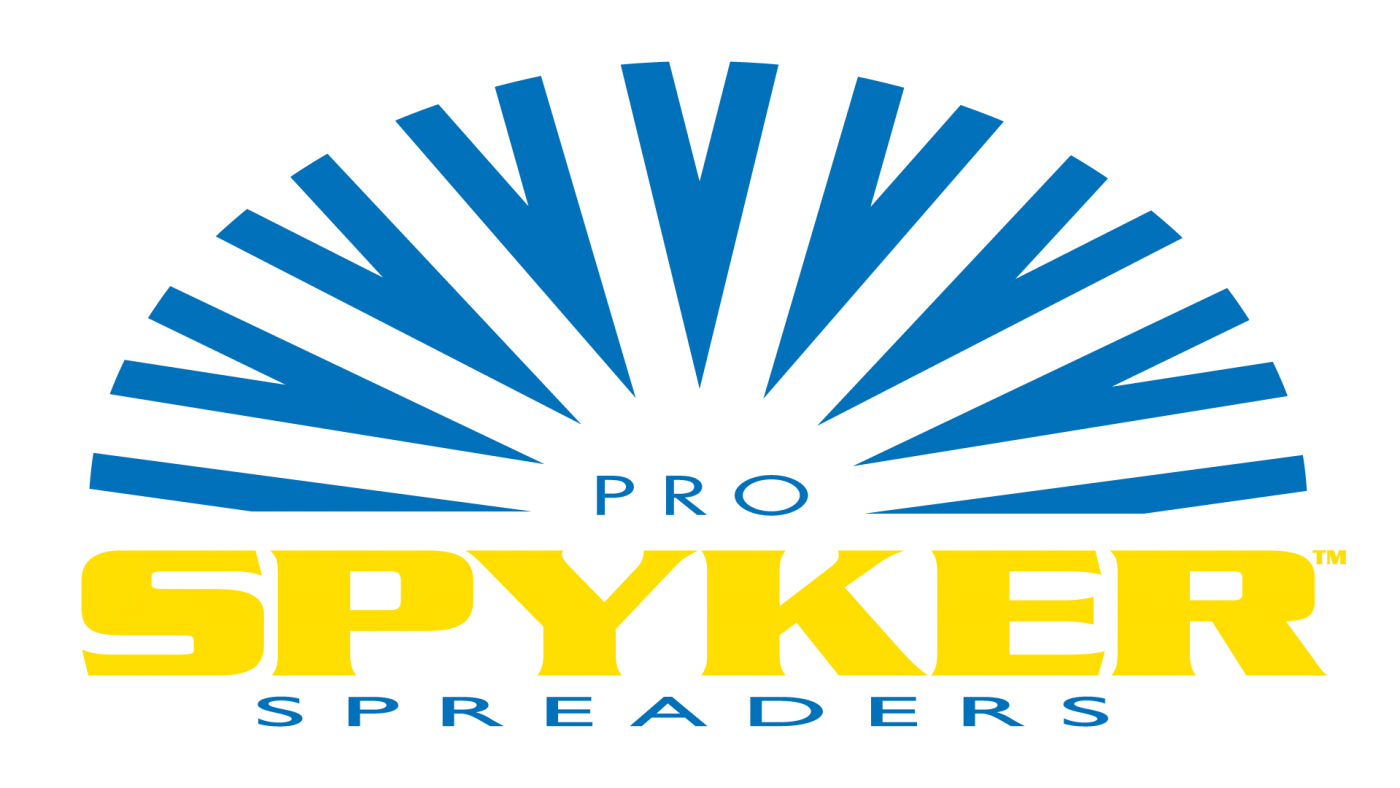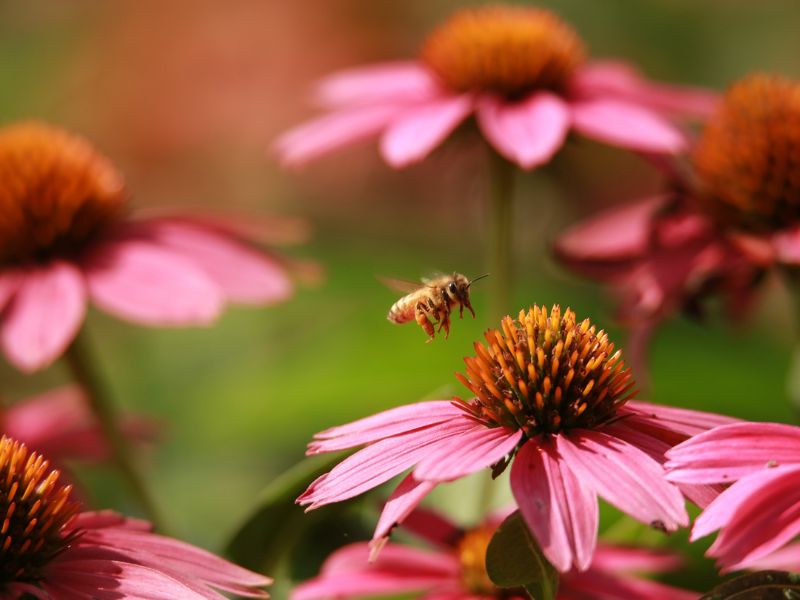You’re serving more homeowners desiring eco-friendly lawn care, but you lack the equipment and expertise to provide organic lawn care services effectively.
Do you know that pollinator-friendly lawn services are in big demand? According to a blog post by the National Association of Landscape Professionals, 60% of American homeowners want sustainable lawns.
If you provide pollinator-friendly fall lawn services, you’ll be busy.
A LawnBusinessOwner.com article concurs with that statement, saying that “With the increasing demand for environmentally friendly and customer-centric lawn care services, sustainability practices have become the focal point in the lawn care industry.”
We know that you want to provide sustainable, pollinator-friendly lawn care services. So, we came up with the ultimate list of pollinator-friendly fall lawn ideas to help you create sustainable lawns your customers crave.
The Problem: Pollinators Are Struggling & Most Lawns Don’t Help
As you know, most turfgrass species are monocultures with limited grass variety. Clover is considered a weed—even though it was accepted in lawns 70+ years ago, before the advent of herbicides.
Then, you have folks who mow too short, which ruins insect habitats, nests, and even the beneficial bugs themselves. Plus, this desire for the perfect lawn means that there’s more pesticides being used.
Add on fertilization overuse and reduced food sources for pollinators, and you can see why pollinator numbers are dwindling.
While the perfect, weed-free lawn has been the ideal, you can return to a more varied lawn with clover and pollinator-friendly turfgrasses. You and your customers will feel like you’re helping to solve the problem of shrinking pollinator populations.
Fine fescues are recommended for cool-season bee lawns because they use less fertilizer, water, and pest control. Consider these five fine fescues for an eco-friendly lawn:
- Chewings fescue
- Hard fescue
- Sheep fescue
- Slender creeping red fescue
- Strong creeping red fescue.
Kentucky bluegrass is another cold-season turf variety that works well in bee lawns. However, it’s not the most sustainable variety because it requires more fertilizers and water to maintain.
If you’re a professional lawn service in the south, experts recommend using flowering native grasses for warm-season lawns. Avoid mowing the flowers when they bloom because they provide food for pollinators.
Additionally, you and your customers can create more sustainable lawns by using more organic options and limiting the use of fertilizers and weed control products.
Learn more: Pollinator-Friendly Lawn Care Practices with Spyker
Next, it’s time to learn how Spyker helps you deliver pollinator-friendly fall lawn services.
Spyker Helps You Work Smarter for Pollinators
Spyker spreaders and lawn rollers help you apply organic fertilizers as well as grass and clover seeds for a pollinator-friendly lawn.
Our lawn sprayers and spreaders also help you distribute limited amounts of pest and weed controls—that won’t hurt beneficial insects, but suppress invasive weeds and pests.
Our Ergo-Pro and Pro-Series spreaders feature ACCUWAY™ technology for a balanced spread, and our calibration calculator helps you avoid wasting grass seed and granular lawn products.
Read more: 5 Pro Tips for Precise Spreader Calibration
Now it’s time to talk about fall lawn tips that support a pollinator-friendly lawn.
Simple Fall Lawn Tips for a Pollinator-Friendly Lawn
There are four essential keys to fall lawn care that promote pollinator health and habitat:
- Incorporate frost-seeding, also called dormant-seeding, into your fall lawn services. Use Mother Nature’s freeze-thaw cycles to provide moisture and allow the seeds to work into the soil. This gives bee lawns a head start for early spring germination.
- Use the cooler fall temperatures to plant pollinator-friendly plants, such as native perennials, shrubs, and grasses.
- Provide clover overseeding, organic soil amendments, and limited areas for pesticide use.
- Consider allowing seed heads and dry stalks to stand instead of clipping everything back in the fall, allowing for food and nesting sites for overwintering pollinators.
You may be wondering: how do I let my customers know I offer pollinator-friendly fall lawn care? Through your social media networks, newsletters, and invoices. Finally, upload blog posts that educate your audience about sustainable fall lawn services.
Additionally, reassure reluctant customers that inviting pollinators into their lawns won’t harm them, but will increase their backyard enjoyment.
You’re solving homeowners’ problem of wanting a beautiful lawn without hurting pollinator populations.
Happy Homeowners: A Healthier Lawn That Supports Life
Imagine happy homeowners enjoying their yards while buzzing insects, birds, and other pollinators live their best lives. Can you picture the green lawns and native plant landscapes?
There’s plenty of color, scent, textures, and beauty in a pollinator-supportive lawn.
You can feel confident that you’re a helping hand to customers who want sustainable lawn care methods for their properties. While you can’t solve the big picture of restoring sustainability, you’re an essential piece of the puzzle.
The more you learn about organic lawn care, biodiversity, and even smart irrigation practices, the more you can share that information with your customer base and carve out a niche for yourself as well.
Spyker spreaders are your trusted partners in delivering sustainable and pollinator-friendly lawn services. Our professional spreaders, rollers, and lawn sprayers help you deliver organic lawn products without overapplication.
Grow Your Business with Spyker
Are you ready to level up your pollinator-friendly lawn services? Let Spyker help you get started.
You can find your next Spyker product at your local dealer, shop online, or at the Spyker store.
Sources:
Blog.LandscapeProfessionals.org, Targeting New Customers: Eco-Conscious & Pet-Friendly Solutions.
Extension.UMN.edu, Planting and Maintaining a Bee Lawn.
FS.USDA.gov, Gardening for Pollinators.
LawnBusinessOwner.com, Market Trends: Adapting Your Lawn Care Business to Changing Demands.
LawnStarter.com, What is the One-Third Rule for Mowing Grass.
Ibid., What Is a Pollinator Lawn?
Pollinator.org, Creating Pollinator Lawns: A First Step. (pdf).

